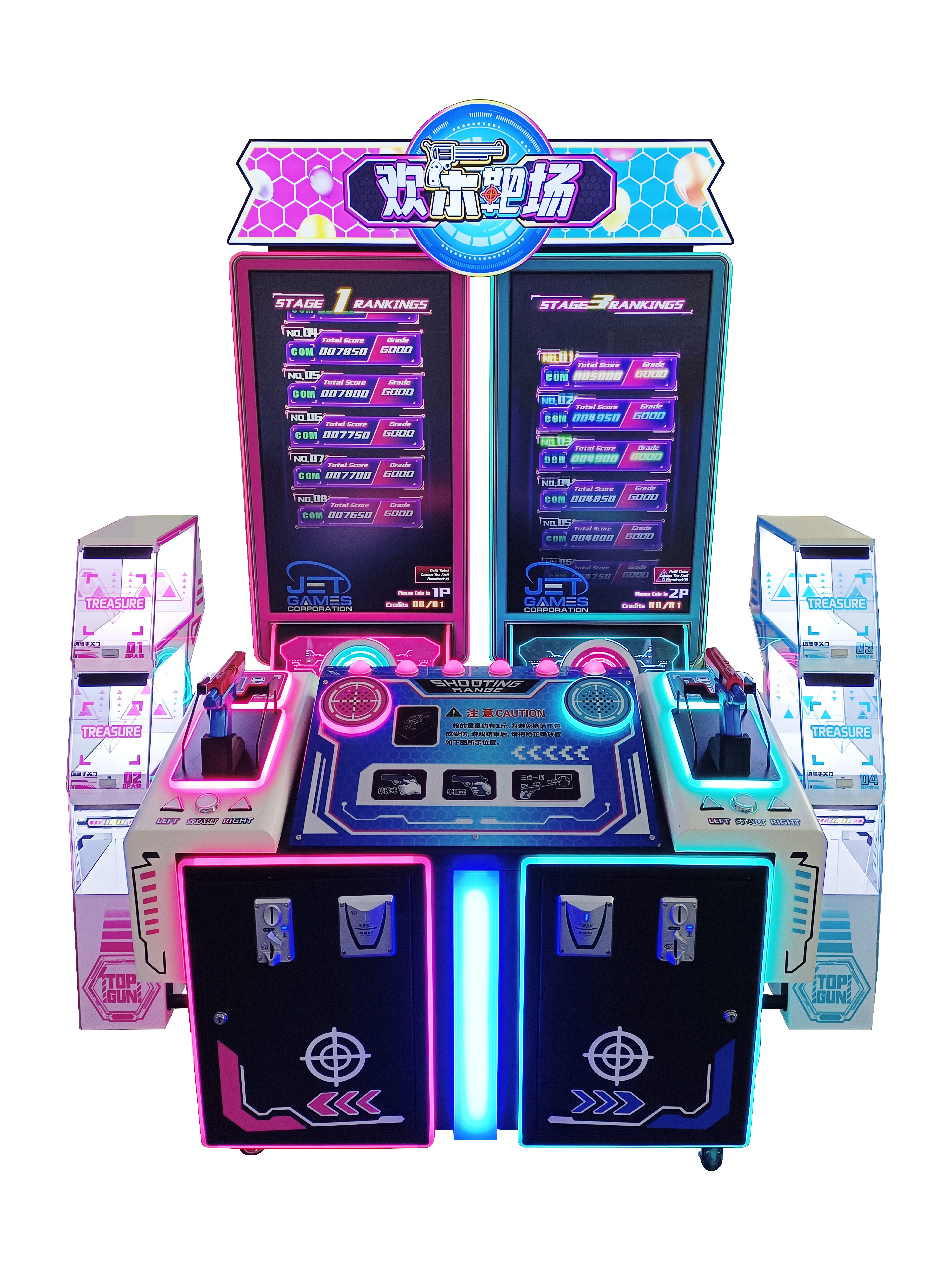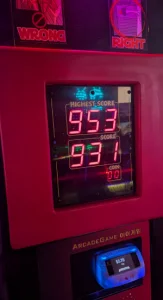Reward systems and the mystery of what comes next enthrall us, and these make addiction happen by utilizing our brains and releasing dopamine (20%-40% more according to studies), which makes you feel good, hence you keep coming back for more; just like a slot machine. Claw machines give tiny rewards and exploit the “near-miss” phenomenon, encouraging a 30% greater player retry rate. Meanwhile, social interaction and competitive psychology prompt 63% of players to spend more time and cash. As for game design, increasing the difficulty step by step will make them more likely to be frustrated so that they could pursue some sense of achievement, and meanwhile also not quit on it, thus maintaining their excitement, which can make games enduringly retentive.
Table of Contents
ToggleReward System and Dopamine Stimulation
The reward system is as essential to arcade game design as the core mechanic itself. Be it claw machines, coin-operated racing games, or shooting games, the player anticipates some form of reward with every input, and rewards trigger dopamine release in the brain, thus pleasure.
Dopamine is a primary mediator of the reward system, so its release is essential for rewards to work. Research shows that the human brain releases dopamine for rewards based on frequency (small and regular rewards), not necessarily quantity. But this is only a part of the “instant reward system” you see in arcade games. Fast feedback and rewards draw players back to claw machines over and over, shoving in coin after coin for just one more chance. A 2018 study also revealed that reward mechanisms that provide similar immediate satisfaction can lead to 20%-40% increases in dopamine levels, making participants more likely to return.
Balance Between Frustration and Sense of Achievement
The design of game difficulty is also one of the main reasons for player psychology. Arcade games are designed in such a way that they pose a certain level of challenge to the player, while also rewarding them adequately so they do not lose interest easily.
In psychologist Mihaly Csikszentmihalyi’s “flow” theory, there is an intuitive sense of highly focused states where a person ends up when skill and challenge are matched. This state is when players lose track of time, and the game world consumes them entirely. With over 80% of arcade game players more than doubling investment and time spent in-game once they’ve entered a “flow” state, on average increasing by 40%-60%.
It’s all about “challenge-reward”: arcade games get harder as you go, meaning that even after repeated failures, any gamer with soul won’t throw in the towel because they’re convinced the next time will be their big moment. That balance is often what makes players feel accomplished after all the frustration, and it is key to any long-term ongoing engagement. According to surveys, over 70% of players of arcade games return and play it at least twice if they failed. In addition, they practice more after their first failure.

Social Interaction and Competition
Social interaction and competition are another appeal of arcade games. A number of games such as Tekken or racing games have simultaneous-play multiplayer together with real-time competitions. By giving them tools to compete with each other, it provides a way for players to scratch that competitive itch, which leads to increased engagement.
On an emotional and psychological level, competition often brings out the repressed human need to show off, which, as anyone aware of social media trends knows, is very prevalent these days. An even greater 63% said they are focused on “personal competition, with oneself or someone (in the room/online),” and this rivalry pushes them to play again and play harder, sometimes going as far as exchanging more cash for game credits.
Social elements can also make arcade games more sticky. Multiplayer competitive games not only allow the players to get personal fulfillment from defeating an opponent but additionally let them find recognition and belonging in a group. The data indicates that arcade games that add social elements have on average nearly 50% more engagement than with a single-player mode.
Time Disappearance and the “Flow” State
Arcade games appeal to players by making time seem to disappear. For a game to be so immersive that the player loses track of time is no small feat. In psychology, that state is called “flow,” when people concentrate absolutely on an activity without perception of time and space around them; they are fully engaged in such total focus.
This is something especially often found in arcade games—quick, high-feedback games. Research on arcade games found that 70% of players ignored the time while playing continuously for 30 minutes and still continued to play longer than they expected. Flow not only significantly increases player engagement, but players in a flow state have little to no interest or ability to self-regulate their gaming frequency, leading to greater revenue for the operator.
Frustration and the “Narrow victory” Effect Brought by Uncertainty
Classic arcade games often involve uncertainty and frustration. The uncertainty in arcade games like claw machines becomes not only a source causing players to feel unhappy but also a reason to increase the stickiness rate.
We know that players are very sensitive to the feeling of being on the edge of scoring, and even if they do not win in the end, research in psychology shows that players are more likely to continue investing when they were close to winning. The idea here is that the “risk-reward” model appeals to personalized fears. If a player has ever had a run where they just barely missed their target score, we can expect a 30% higher retry rate. This experience of almost succeeding, particularly in the case of claw machine games where players believe they are just one touch away from picking up a toy, can drive them to keep using coins.




